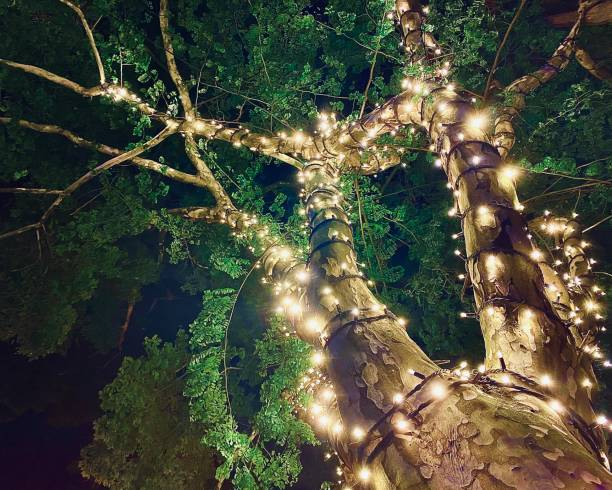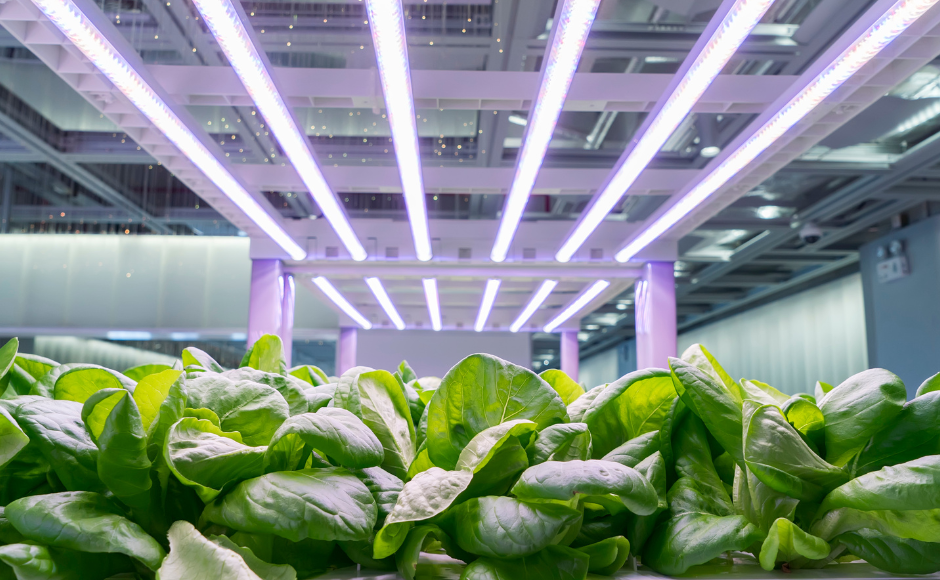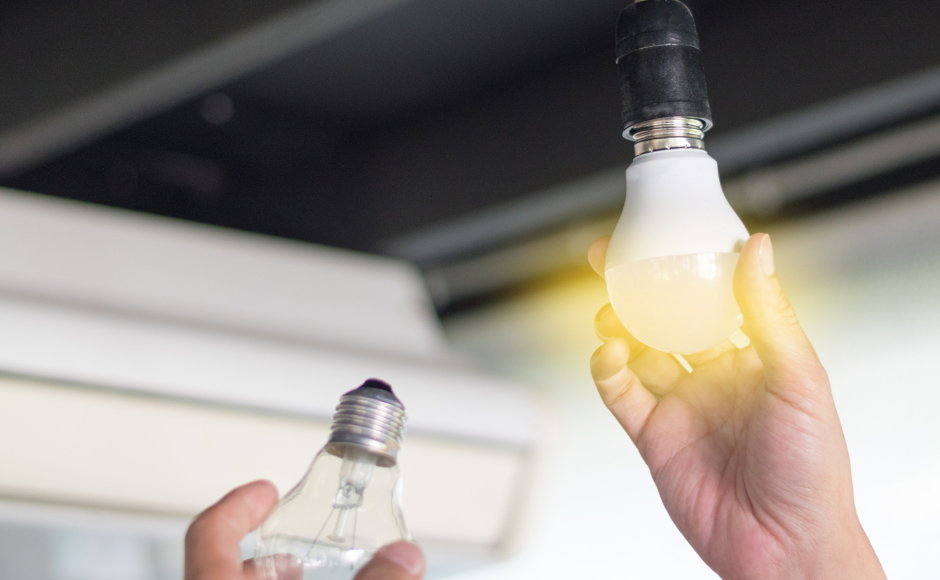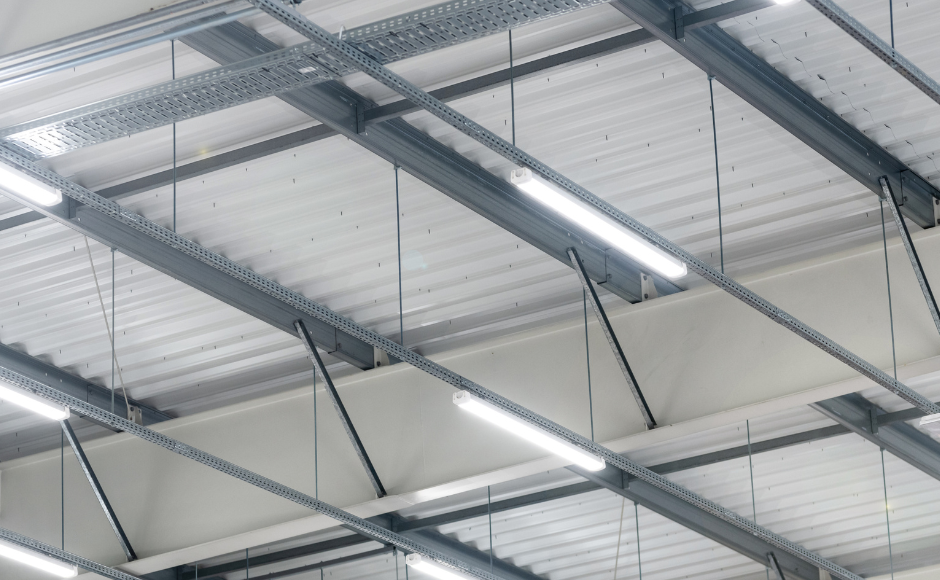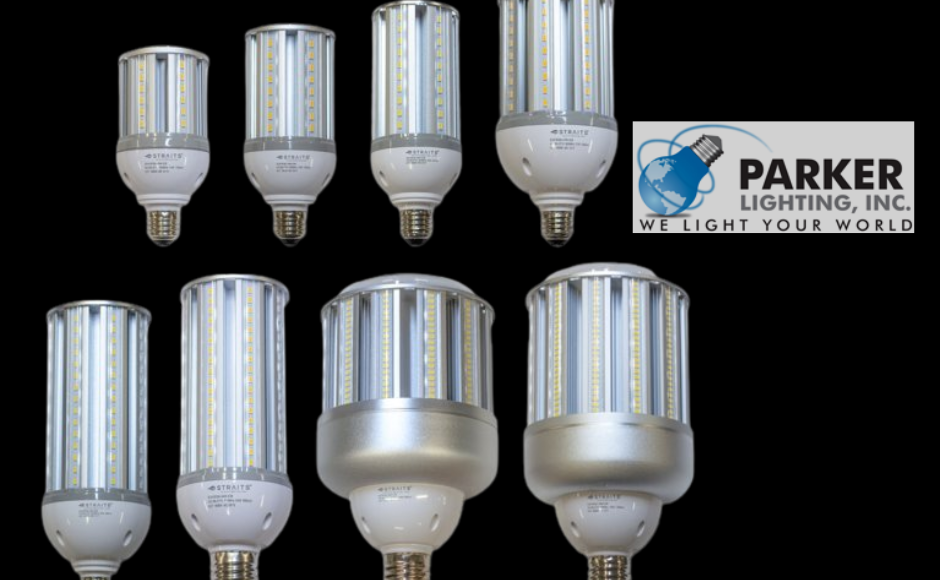Discover the Magic of Outdoor String Lights
Lighting is one of the most fascinating and captivating design elements for both indoor and outdoor spaces. There is nothing else that can match its power to change an area, evoke emotions, and create a mood. Outdoor String lights are an exciting and adaptable option among the many available lighting options to add a festive spirit to your outdoor commercial space. An atmosphere can naturally become cozier, more charming, and magical with the addition of string lights. This applies to them hanging softly within or draping them over a patio or woven among foliage.
Lighting solutions that elevate spaces and improve experiences are our specialty at Parker Lighting. This blog post aims to motivate you to set out on a quest to learn about the revolutionary possibilities of string lights for your home, garden, or event, as well as to experience their alluring magnetic allure.
Bringing String Lights’ Charm to Light String
Festoons, sometimes called fairy lights or string lights, are lighting fixtures that have withstood the test of time and outlasted both fashion and earlier generations. Their beginnings as traditional holiday decorations have led to their development into an all-year-round standard in design and decor. String lights are unique because of their delicate elegance, highlighted by slender wires covered in glittering light bulbs.
Though there are numerous reasons why string lights are beautiful, their versatility may be the most enticing feature. There are endless creative possibilities since they may be hung, draped, or wrapped around nearly anything. Because they may quietly enhance the atmosphere and create a fascinating mood, string lights are incredibly versatile. These applications range from adorning outdoor areas for events to adding whimsy to regular houses.
Creating Ambiance Indoors
String lights can rapidly convert ordinary rooms into pleasant retreats and beautiful hideaways when used indoors, where they are used to create an atmosphere. The soft, dreamy glow they provide when hanging over a bed makes the atmosphere serene and restful, making it the perfect place to unwind and rejuvenate. They offer an intimate and cozy touch to living areas, encouraging communication and bonding.
Furthermore, string lights may be customized to match any desired theme or aesthetic, making them highly adaptable decorations. Whether your style is rustic, boho, or minimalist, there is a string light setup that may be tailored to your vision. Draping flowers along a bookshelf or tying them over a wooden ladder for a rustic chic look will both result in a charming reading nook or space. The options are endless; your ingenuity is the only thing holding you back.
Improving Outdoor Spaces
Outdoor string lights can turn outdoor gatherings and events into enchanting environments. Twilight is the time of day when string lights start to glow after the sun sets. They entice guests to spend more time outside under the stars with their cozy and warm glow. String lights may help you make enduring memories for any occasion, whether a summer BBQ, a romantic dinner for two, or a happy get-together with friends.
Because of their weather-resistant design, you may use them outside and take advantage of their lovely glow all year round. You can wrap them around pergolas or trellises or weave them between branches of trees to create a beautiful canopy of light. A mystical haven where you may create enduring memories can be made in your outdoor space with the help of string lights.
Beyond Aesthetics: Practical Benefits of String Lights
Beyond their visual value, string lights offer various practical benefits. Undoubtedly attractive to look at, string lights are made more alluring by their use. LED string lights provide energy economy, longevity, and durability, making them a sustainable lighting solution for individuals who care about the environment. LED string lights not only save money on electricity bills but also lessen the environmental damage they do due to their long lifespan and low energy usage.
In addition, the cozy, welcoming ambiance produced by the gentle, diffused brightness of string lights encourages rest and well-being in general. Research findings suggest that exposure to warm lighting may favor an individual’s mood and mental health, reducing feelings of stress and worry. Using string lights, you can create a tranquil retreat within your house or outside. By doing this, you’ll be able to relax, refuel, and mend your relationships with the people in your life.
Creative Ways to Use String Lights
There are so many creative ways to use string lights that you are only limited by your imagination. Here are some clever ways to use them in your home decor:
- Backyard Camping: If you want to give your family a camping trip they’ll never forget, hang lights around a tent or shelter. The soft lighting will make it feel like you’re sitting next to a warm fire, making your time outside even more special.
- Decorations for a Wedding: String lights are a popular way to decorate for weddings because they add a romantic and airy feel to both the ceremony and the reception. Hang them from the ceiling, drape them down the halls, or weave them through the centerpieces to make the atmosphere stand out.
- Seasonal Exhibitions: To mark the change of seasons, use string lights. In the fall, tie them around flowers or pumpkins. They will look great on your mantle, outside, or Christmas tree this winter. In the spring and summer, you can show off flowers that are in bloom and lush plants.
- Kids’ Rooms: String lights can make a child’s room look like a forest country. You could make a starry drape to hang over the bed or a wonderful and cozy nightlight.
- Office: String lights in your home office will help you be more creative and get more done. Long desk hours can be made more joyful by the soft glow’s ability to lessen eye strain and provide a nice work environment.
Experience the Magic of String Lights with Parker Lighting
Parker Lighting has made the magic of string lights accessible to you. We invite you to check out Parker Lighting’s excellent selection as you start using string lights to light up your surroundings. We choose lighting options that will uplift and delight you, improving the quality of both regular living and extraordinary events. This is a result of our profound respect for unique concepts, high caliber, and skillful artistry.
You can find a fantastic selection of string lights and a vast array of customized lighting options on our website, Parker Lighting. Allow Parker Lighting’s magic string lights to enlighten your world and help you realize your aspirations. You can use string lights to enchant your environment and enhance the quality of your experiences right now. Parker Lighting opens the door to an infinite universe of wonder and possibility.

